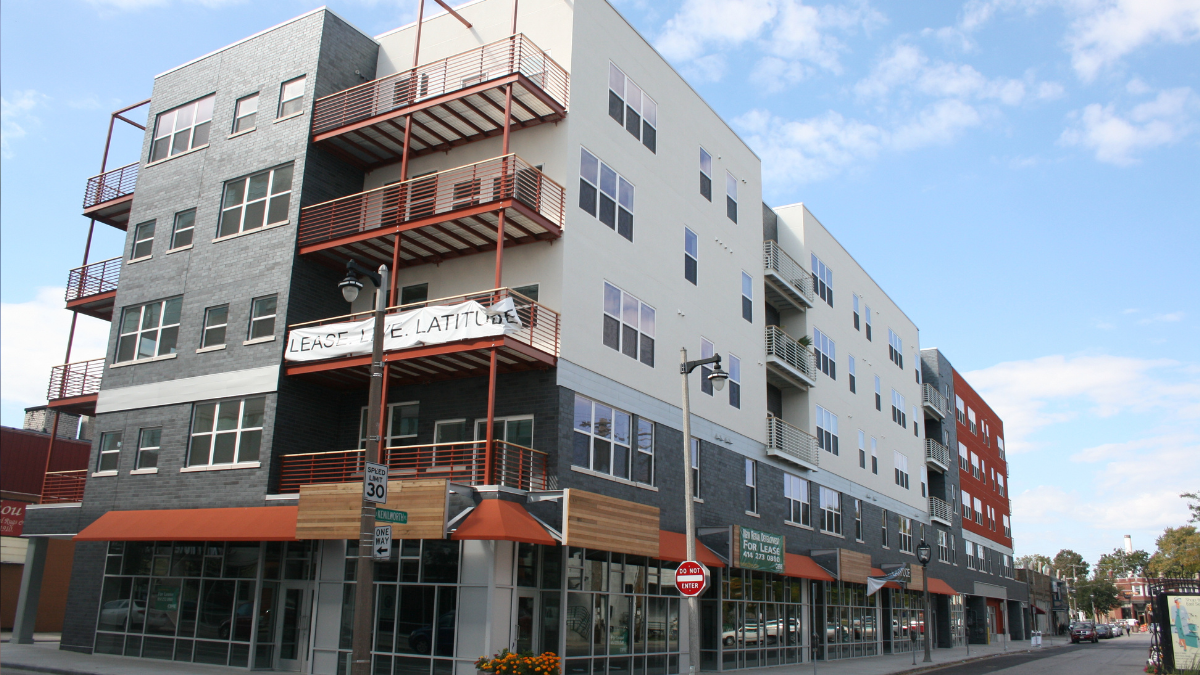Average Rate on a 30-year Mortgage Ticks Up to 6.49%
The current average rate for a 30-year mortgage has slightly increased to 6.49% from 6.47% last week, although this remains significantly lower than the 7.09% rate from a year ago. After peaking at a 23-year high of 7.79% in October, mortgage rates have been hovering near the 7% mark this year, discouraging home buyers and prolonging a housing slump that has now lasted three years. However, recent trends indicate a potential decrease in rates due to easing inflation and a cooling job market, with expectations that the Federal Reserve may cut interest rates soon.
Sam Khater, Freddie Mac’s chief economist, noted that the average 30-year mortgage rate is expected to trend downward, which could benefit both buyers and sellers. There has been a notable rise in mortgage applications, particularly for refinancing, reflecting increased interest as rates approach 14-month lows. Despite this, most economists predict that rates will stay above 6% for the remainder of the year, which combined with high home prices, may still deter many potential buyers.
In contrast, a significant percentage of existing mortgages have lower interest rates (86% below 6%, and over 75% at or below 5%), suggesting that further rate reductions will be essential for reviving the housing market fully.
The average rate on a 30-year mortgage edged higher this week, holding close to its lowest level in more than a year.
The rate rose to 6.49 percent from 6.47 percent last week, mortgage buyer Freddie Mac said Thursday. A year ago, the rate averaged 7.09 percent.
After jumping to a 23-year high of 7.79 percent in October, the average rate on a 30-year mortgage has mostly hovered around 7 percent this year — more than double what it was just three years ago.
The elevated mortgage rates, which can add hundreds of dollars a month in costs for borrowers, have discouraged home shoppers, extending the nation’s housing slump into its third year.
Mortgage rates have been mostly easing in recent weeks as signs of waning inflation and a cooling job market have raised expectations that the Federal Reserve will cut its benchmark interest rate next month for the first time in four years.
“In 2023, the 30-year fixed-rate mortgage nearly hit 8 percent, slamming the brakes on the housing market,” said Sam Khater, Freddie Mac’s chief economist. “Now, the 30-year fixed-rate hovers around 6.5 percent and will likely trend down in the coming months as inflation continues to slow. Lower rates are good news for potential buyers and sellers alike.”
The rate on a 30-year mortgage is influenced by several factors, including how the bond market reacts to the central bank’s interest rate policy decisions. That can move the trajectory of the 10-year Treasury yield, which lenders use as a guide to pricing home loans.
The yield, which topped 4.7 percent in late April, was at 3.93 percent in afternoon trading in the bond market Thursday, following strong reports on U.S. retail spending and unemployment benefits claims.
Home shoppers and homeowners eager to refinance have been encouraged as mortgage rates have eased back to 14-month lows. Applications for home loans climbed nearly 17 percent last week, according to the Mortgage Bankers Association. Much of that increase was fueled by a 35 percent surge in applications by homeowners looking to refinance their existing home loan.
“While the refinances remain strong, we expect that that purchase market will continue to gain momentum as mortgage rates continue to fall,” MBA CEO Bob Broeksmit said.
Borrowing costs on 15-year fixed-rate mortgages, popular with homeowners refinancing their home loans, also ticked up this week, pushing the average rate up to 5.66 percent from 5.63 percent last week. A year ago, it averaged 6.46 percent, Freddie Mac said.
Most economists expect the average rate on a 30-year home loan to remain above 6 percent this year. That may not be enough for many prospective homebuyers in the face of record-high home prices and a shortage of properties for sale in many markets.
Consider, roughly 86 percent of all outstanding home mortgages have an interest rate of 6 percent or below, and more than three quarters have a rate 5 percent or lower, according to Realtor.com.
That means “rates will need to continue to trend lower to see a fully re-energized housing market,” said Hannah Jones, senior economics research analyst at Realtor.com.
The Western Journal has reviewed this Associated Press story and may have altered it prior to publication to ensure that it meets our editorial standards.
" Conservative News Daily does not always share or support the views and opinions expressed here; they are just those of the writer."





Now loading...